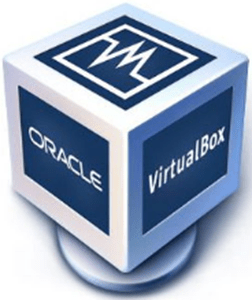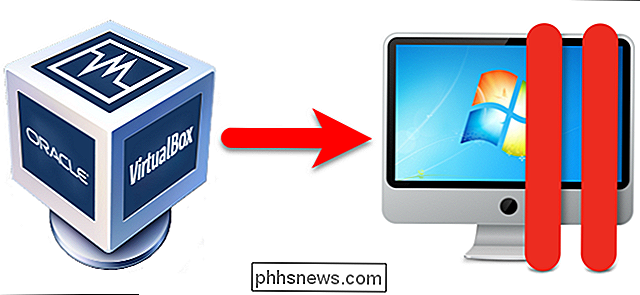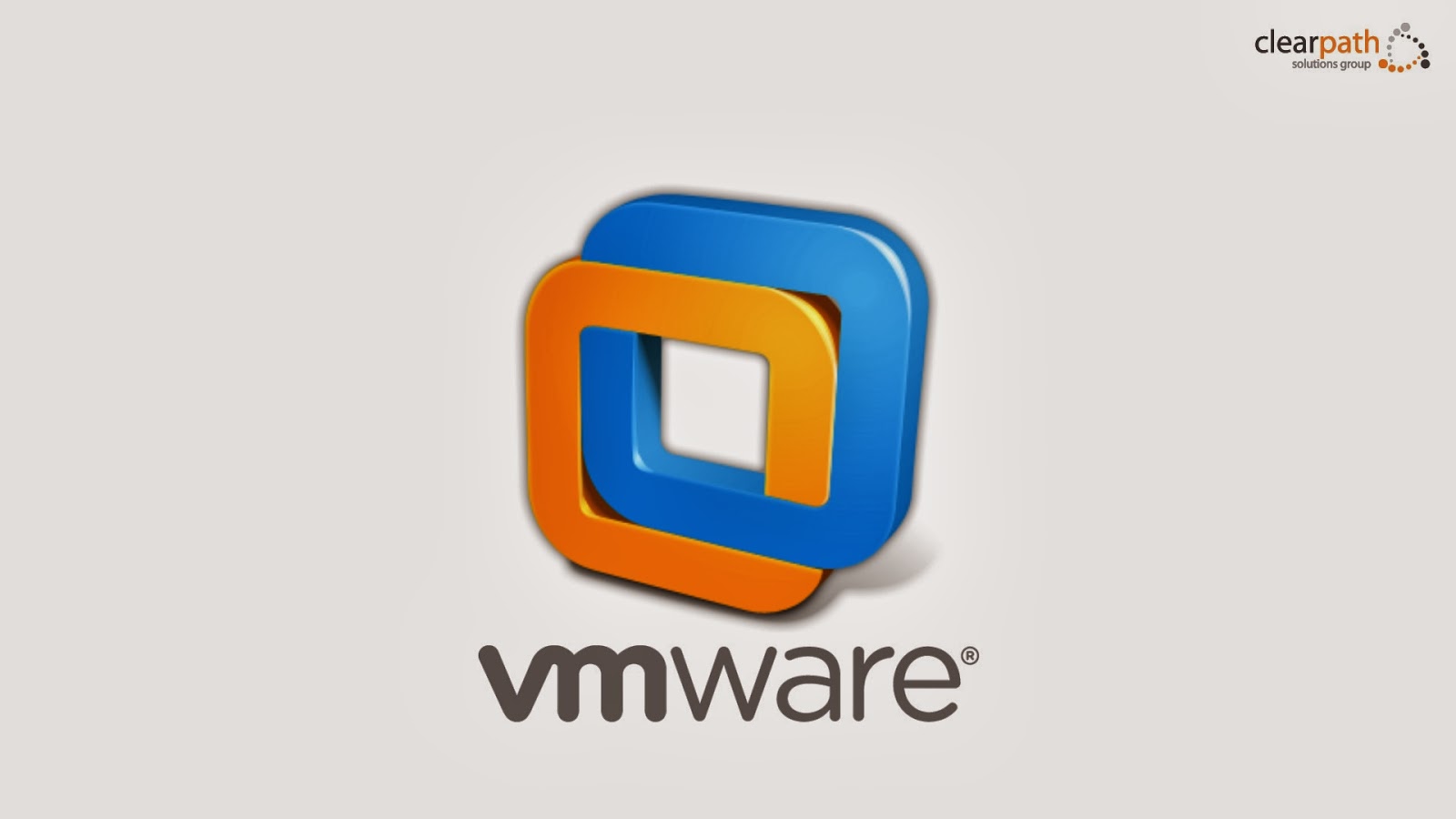Oracle VM VirtualBox also fully supports the popular and open VMDK container format that is used by many other virtualization products, such as VMware. Oracle VM VirtualBox also fully supports the VHD format used by Microsoft. Image files of Parallels version 2 (HDD format) are also supported. My experiences with VirtualBox are similar. I have heard ok things about Parallels, though it is quite expensive. Another alternative to look into is VMFusion, but again its expensive. If you are a University Student, check if you are given access to a license of either as that is quite common.

Virtualbox is very basic, and Parallels is a much better software that will allow you to transfer files easily. You’ll also be able to boot your system faster and save your battery life. Both Parallels and Virtualbox will allow you to run multiple operating systems and test software in an isolated environment. Why choose Parallels Desktop over VirtualBox? Unlike VirtualBox, Parallels Desktop is easy to use and seamlessly lets you run Windows and Linux. There’s no experience required. It's much easier to install and configure Windows—plus, Parallels Desktop supports Retina displays.
Guest blog by Sylvester Sebastian Nino, Parallels Support Team
While working with Parallels Desktop and helping our customers, I often go through our knowledgebase as the best source of product-related information. For instance, recently, I helped a customer over the phone convert his virtual machine from VirtualBox to Parallels Desktop by simply going through the steps listed in the related KB article. Everything worked as expected.
Parallels Virtualbox Performance
It was then, while helping the customer, that I finally noticed the views count–wow, that’s a darn popular article! I hadn’t known how interesting this question is to our customers. Now that I know, I decided to write a blog about it to make all the steps even clearer. So let’s do it! Read on for the instructions on how to convert your existing VirtualBox VM to Parallels Desktop.
I’m not going to take a lot of time to tell you why you should switch. Simply put, it’s everything. Functionality, stability and, of course, the variety of the features and cross-platform interaction. Instead, let me jump straight to the point.
Step 1
Before converting your VirtualBox to Parallels Desktop, delete the snapshots (if any) in your VirtualBox VM. Snapshots could interfere with the process of conversion. Then shut down your VM.

Step 2
Install Parallels Desktop. You will see the New Virtual Machine Wizard once it’s set up:
Step 3
Click on the Parallels Desktop icon at the top of the navigation pane and select Open from the dropdown menu. Select your VirtualBox VM—you can simply type in “.vbox” in search box.
The Parallels Wizard will now show you the expected VM name and location (which you can change) and will prompt you to click Continue.

Step 4
Now Parallels Desktop will convert your VirtualBox VM to its format.
Believe me or not, but…that’s it! Parallels Desktop will now start your VM and automatically install Parallels Tools—please don‘t interrupt this process. It has to complete on the first VM start.
As you can see, converting VirtualBox to Parallels Desktop couldn‘t be easier! I hope this post was useful, and don’t forget to follow Parallels Support on Twitter.
Below are the steps to migrate a Parallels VM to VirtualBox. This example is done on a MacBook Pro running OS X Sierra (see screenshot below) using the followjng versions of Parallels and VirtualBox:
1. Locate the VM file that you wish to import. It is located in your Parallels folder (where all the VM´s are located – my VM was in the Documents folder on my Mac) and right-click -> “Show Package Contents”
Mac Parallels Vs Virtualbox
2. Locate the .hdd file, right-click and choose “Show Package Content”
Use Parallels Vms In Virtualbox
3. Locate the .hds file, copy it to another location and rename extension to .hdd (the 2nd image shows the .hds file copied and renamed to .hdd in the VirtualBox VM folder. This is where I chose to copy it.)
4. We now will begin to migrate the .hdd into VirtualBox. Load VirtualBox and click on the “New” icon at the top left of the dialog

5. Click on the “use existing virtual hard disk file” option and then click the folder icon at the far right (see arrow)
6. Select the .hdd file you copied and renamed in step 3 then click the Open button on the lower right corner of the dialog
Parallels Desktop Virtualbox
7. Verify that everything is correct. If so, click on the Create button on the lower right of the dialog
8. Once complete, the newly migrated VM should show up in the list of VM’s in VirtualBox

Migrate Parallels To Virtualbox
9. VirtualBox will create a new folder and migrate the VM into it
10. Start up the newly migrated VM
11. Uninstall the Parallels Tools
12. Install the VirtualBox Guest additions
13 You are done! Play with your new VM!
Export Parallels To Virtualbox
Zdroj:http://lincolnblog.net/?p=1336
